
How many dead skin cells do you think you lose within a period of 24 hours? Would you believe me if I told you that during an average 24-hour period, you shed almost a million skin cells? And you lose something between 30,000 and 40,000 skin cells in an hour? YES, you heard it right, and it’s a fact. [Source: LA ROCHE-POSAY] - THE NO. 1 DERMATOLOGIST RECOMMENDED BRAND IN THE UK.
Everyday, we lose millions of dead skin cells. What we need to do is “ Exfoliate”—simply remove them. In the world of makeup and beauty, the top priority for many individuals is to achieve a flawless complexion. One of the important steps in any skincare routine is “Exfoliation.” Whether you are a professional makeup artist or one who loves the beauty game, understanding the concept of exfoliation and its benefits is necessary to achieve radiant and healthy skin.
In this beauty guide, “What Is Exfoliation?”, I will discuss exfoliation in detail, its benefits, and different ways of doing it with proper tips and techniques from experts. So, let’s say goodbye to dead skin cells and hello to healthy scrubbing for a radiant and natural skin glow.
What Is Exfoliation?
Exfoliation is the process of gently removing dead skin cells from the skin's surface. Sometimes, dead cells don't shed naturally, so we can say that any process that takes off the top layers of skin cells before they come off naturally is exfoliation. Exfoliation involves gently scrubbing or using chemical substances to take off the outer part of the skin to achieve a fresh and smooth complexion.
Why is Exfoliation Important?
Exfoliation is an important part of any skincare routine. Doing it regularly is important for optimal skin glow and health. Here are some other importance of exfoliation.
- It helps to remove dead skin cells, revealing fresher and healthier skin.
- It leads to a smoother and more radiant complexion of the skin.
- It helps to unclog pores and prevent breakouts by removing dirt and oils.
- It minimizes the appearance of pores and reduces acne.
- It enhances the absorption of other skincare products, allowing them to penetrate deeper into the skin to work effectively.
- It promotes cell turnover, resulting in a more youthful and glowing appearance.
- Reduces visible signs of aging.
Different Methods of Exfoliation
Some individuals find that the top layer of the skin looks dry or dull, and removing them improves the appearance of the skin. There are some methods for exfoliation that you can use at home to help yourself. They are:
1. Physical Exfoliation
The process of manually removing dead skin cells with the help of rubbing substances or tools is called physical Exfoliation. The friction created by those tools or substances helps to loosen and remove the outer layer of the skin. Common physical exfoliants include scrubs, brushes, sponges, and microdermabrasion.
These are granular products containing small particles, such as sugar, salt, or ground seeds, which are gently massaged into the skin to remove dead cells.
Facial brushes with soft bristles can be used to exfoliate the skin manually. Circular motions are typically employed to buff away dead skin cells.
Natural or synthetic sponges and washcloth cloths can gently scrub the skin during cleansing.
This professional procedure uses a handheld device to exfoliate the skin using tiny crystals or a diamond-tipped wand.
2. Chemical Exfoliation
Chemical exfoliation is the process of removing dead skin cells from the skin's surface using chemical substances. Chemical exfoliation utilizes acids or enzymes to dissolve the bonds between skin cells, facilitating their removal.
- Alpha Hydroxy Acids (AHAs): AHAs, such as glycolic and lactic acid, are water-soluble acids that work on the skin's surface to loosen and remove dead cells.
- Beta Hydroxy Acid (BHA): Salicylic acid is an oil-soluble BHA, making it practical for penetrating clogged pores and exfoliating within them.
- Enzymes: Natural enzymes, like papain from papaya or bromelain from pineapple, can be used to break down and remove dead skin cells gently.
Chemical exfoliation is generally gentler than physical exfoliation and can be suitable for various skin types. However, it is essential to choose the right concentration and product for your skin and follow the recommended usage instructions to avoid irritation or over-exfoliation.
How to Exfoliate Skin?
Regular exfoliation can improve skin texture and minimize the appearance of fine lines and wrinkles. To exfoliate the skin effectively, follow these general steps:
Select the Right Exfoliant
The first important step to properly exfoliate the skin is selecting the right exfoliant. Select an exfoliating product that matches your skin type and meets the skin's basic needs. Make a clear decision between the exfoliation process, whether you want physical exfoliation (scrubs, brushes) or chemical exfoliation (AHAs, BHAs, enzymes).
Cleanse Your Face
Always start with a clean face. Use a gentle facial cleanser to remove dirt, oil, or makeup.
Now begin the exfoliation process.
Physical Exfoliation
If you prefer physical exfoliation, like a scrub, apply a small amount to dampen the skin. Gently massage in small circular motions. Focus on areas that are prone to dryness. Avoid heavy pressure while scrubbing to minimize the risk of irritation.
Chemical Exfoliation
If you prefer chemical exfoliation to exfoliate your skin, then carefully follow the product instructions. Take a small of the product and apply it with your fingertips or cotton pad. Gently spread it over your face. Be careful to eye areas. Leave it to work for the recommended duration.
Rinse or Remove
After the recommended time, rinse off the physical exfoliant with lukewarm water. If you are using a chemical exfoliant, follow the instructions for rinsing or removal. Some chemical exfoliants may require neutralization or can be left on the skin.
Moisturize
After exfoliating, apply a moisturizer to hydrate and nourish your skin. This step helps freshen moisture and maintain the skin's barrier function.
Sun Protection
During exfoliation, your skin can be sensitive to the sun. So, it is important to apply a broad-spectrum sunscreen with an SPF of 30 or higher before going outside.
How often should I exfoliate my face?
For exfoliation, there is no accurate fixed time for the frequency. The frequency of exfoliation depends on your skin's tolerance and the type of exfoliation method used. Most people exfoliate and take benefits from doing it 1-3 times a week. However, it is important to pay attention to your skin response and reaction to minimize the risk. For those who have sensitive skin exfoliating once a week is enough. Doing it more than 1 time a week may irritate the skin due to its sensitivity.
You can more frequently exfoliate up to 3 times a week if you have oily skin. Make sure not to overdo them. You should be careful when choosing exfoliation methods. Overdoing exfoliation can lead to skin irritation and dryness. so don't forget to apply moisturizer after completing the exfoliation process to hydrate the skin.
Exfoliating Skin According to Skin Type
Here is how often you should exfoliate based on different skin types:
Normal Skin: Exfoliate 1-2 times per week
Oily Skin: Exfoliate 2-3 times per week
Dry Skin: Exfoliate once a week or every other week
Sensitive Skin: Exfoliate once a week or less frequently
Combination Skin: 1-2 times per week, focusing more on oily areas
Common Mistakes to Avoid During Exfoliation of The Skin
When it comes to exfoliating your skin, you should avoid some common mistakes to ensure a safe and effective experience. Here are some of them.
Over-exfoliating
Overdoing exfoliation can damage the protective barrier of the skin, and exfoliating frequently or aggressively can irritate it. Remember to exfoliate your skin according to your skin type, matching its frequency. Avoid harsh products and excessive scrubbing during exfoliation.
Using the wrong exfoliator
A common mistake individuals make is using the wrong exfoliator. Different skin types require different types of exfoliators. Those with sensitive or dry skin should avoid using harsh chemicals and rough scrubs. Similarly, if you have oily or acne-prone skin, using gentle exfoliators may not effectively address your concerns.
Exfoliating broken or irritated skin
It's important to avoid exfoliating areas with open wounds, cuts, sunburn, or other forms of skin irritation. Exfoliating damaged skin can worsen the condition and delay the healing process.
Exfoliating sunburned skin
Sunburned skin is already damaged and sensitive, so exfoliating it can cause further discomfort and hamper healing. Allow your skin to recover fully before resuming exfoliation.
Not moisturizing afterward
Exfoliation can temporarily take away moisture from your skin. After exfoliating, refreshing hydration by applying a suitable moisturizer is important. This helps maintain the skin's moisture balance and prevent dryness.
Neglecting sunscreen
Exfoliating can make your skin more dangerous to sun damage. Always apply a broad-spectrum sunscreen with enough SPF after exfoliating to protect your skin from harmful UV rays.
By avoiding these common mistakes, you can maximize the benefits of exfoliation while minimizing the risk of skin irritation or damage. Remember to be gentle, watch your skin's needs and reactions, and adjust your exfoliation routine accordingly.
Final Thoughts on Exfoliation
Exfoliation is an important skincare practice that involves removing dead skin cells from the skin's surface. Good knowledge about exfoliation is very important to achieve healthy, glowing skin. It helps to promote a smoother, brighter complexion and can address various skin concerns such as dullness, uneven texture, and clogged pores.
Exfoliation can be achieved through physical or chemical methods, with options for different skin types and preferences. However, it's important to approach exfoliation with caution, avoiding common mistakes such as over-exfoliating or using the wrong products. By appropriately incorporating exfoliation into a skincare routine, individuals can enjoy the benefits of renewed and healthier-looking skin.
Like this article? Share it with your friends by clicking the icons below!




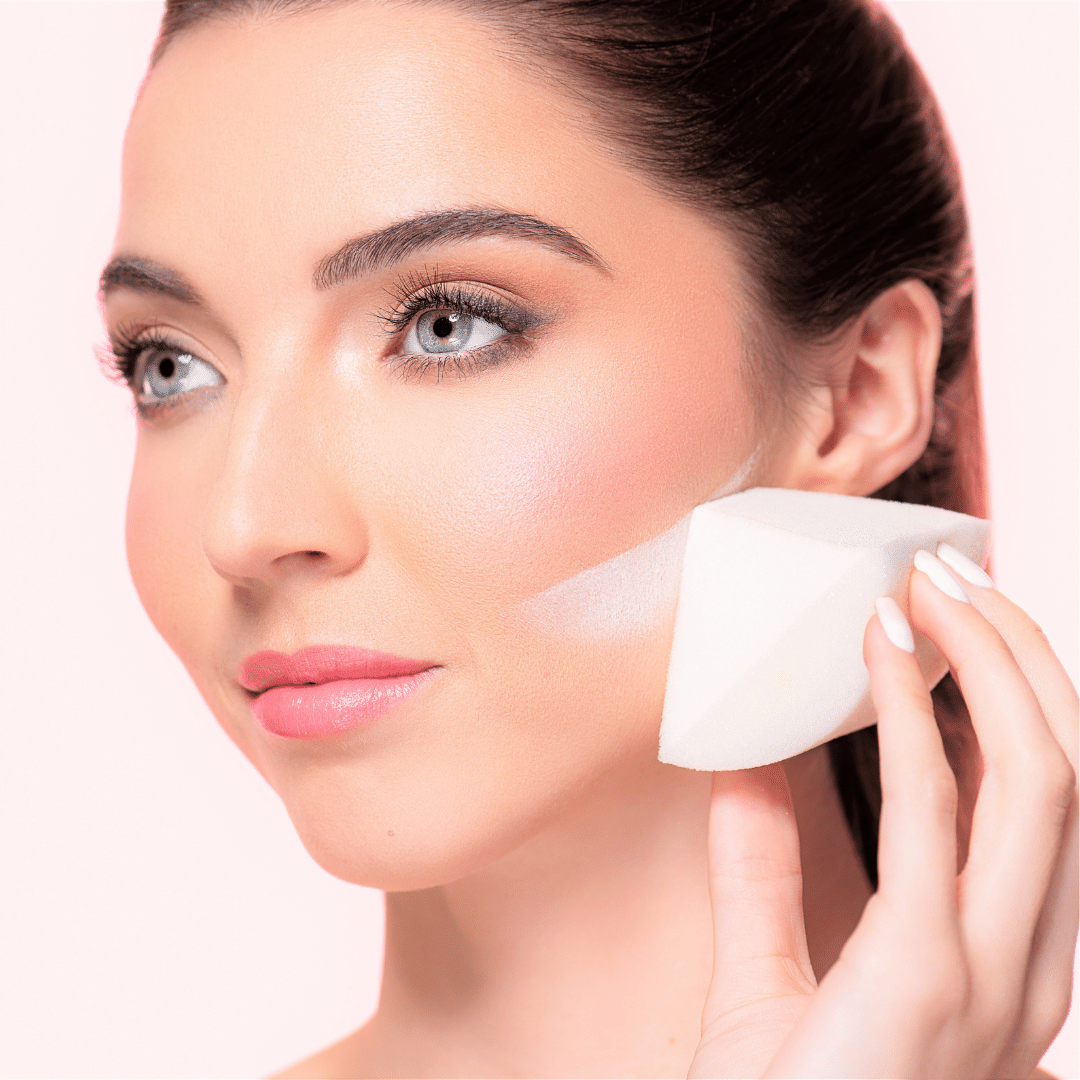
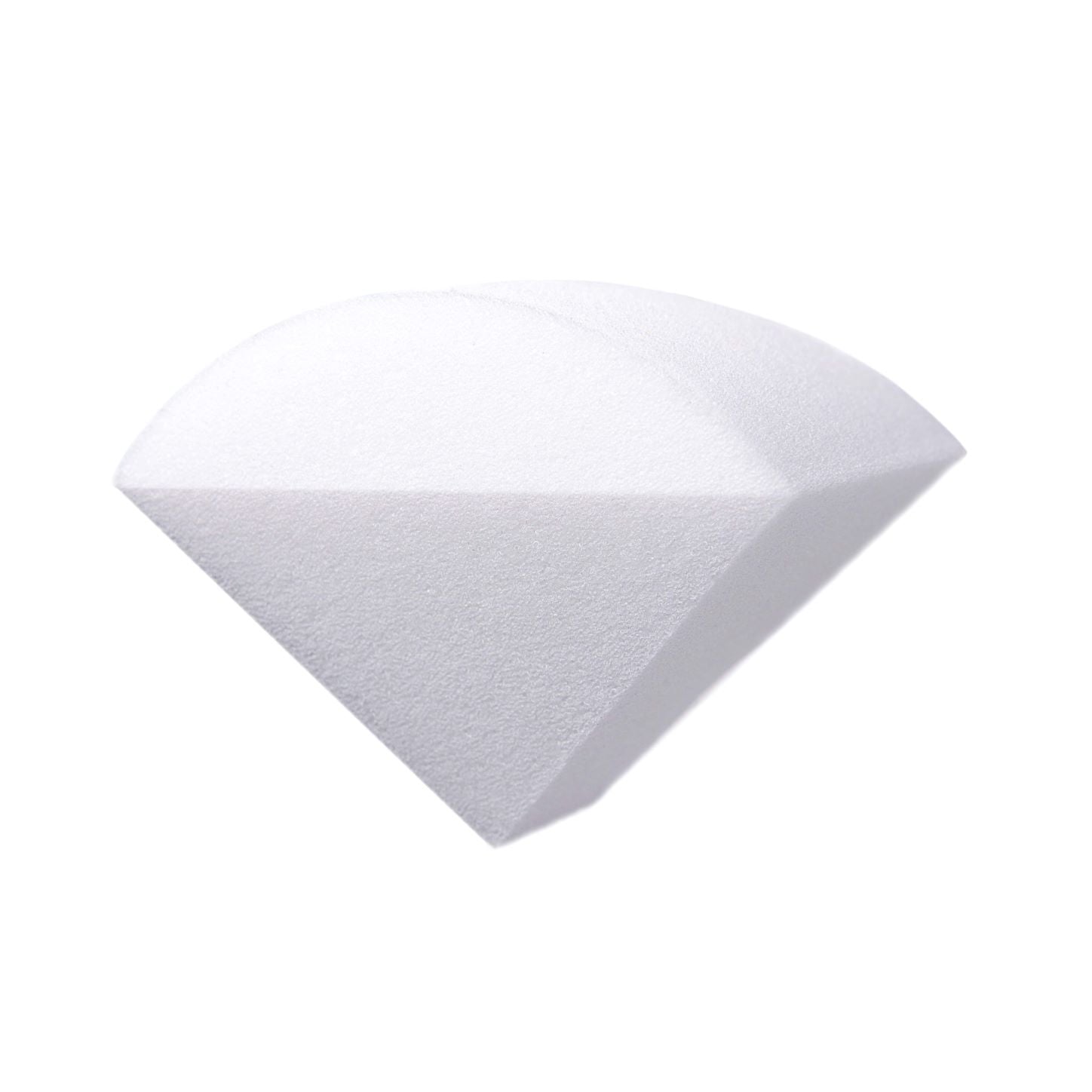
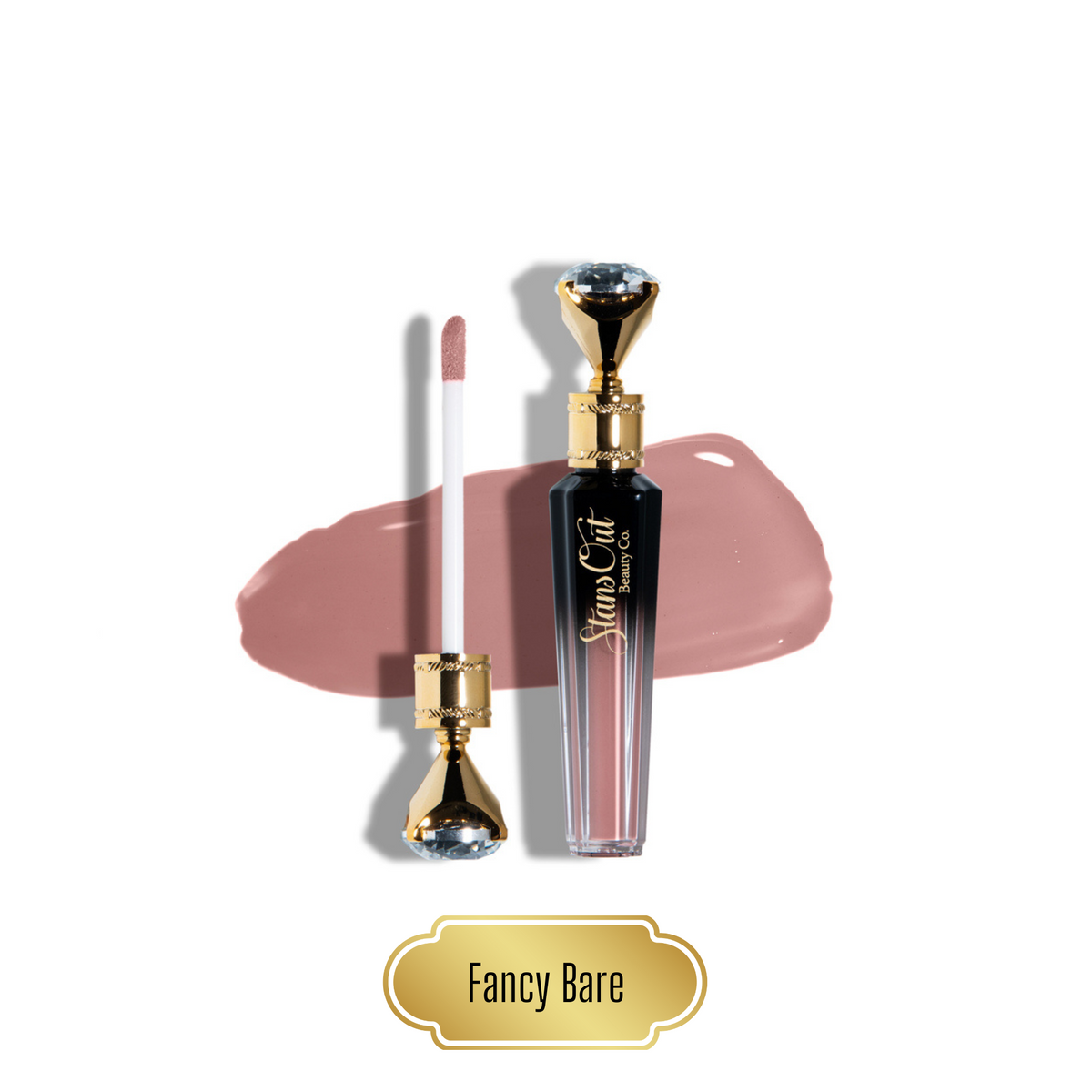
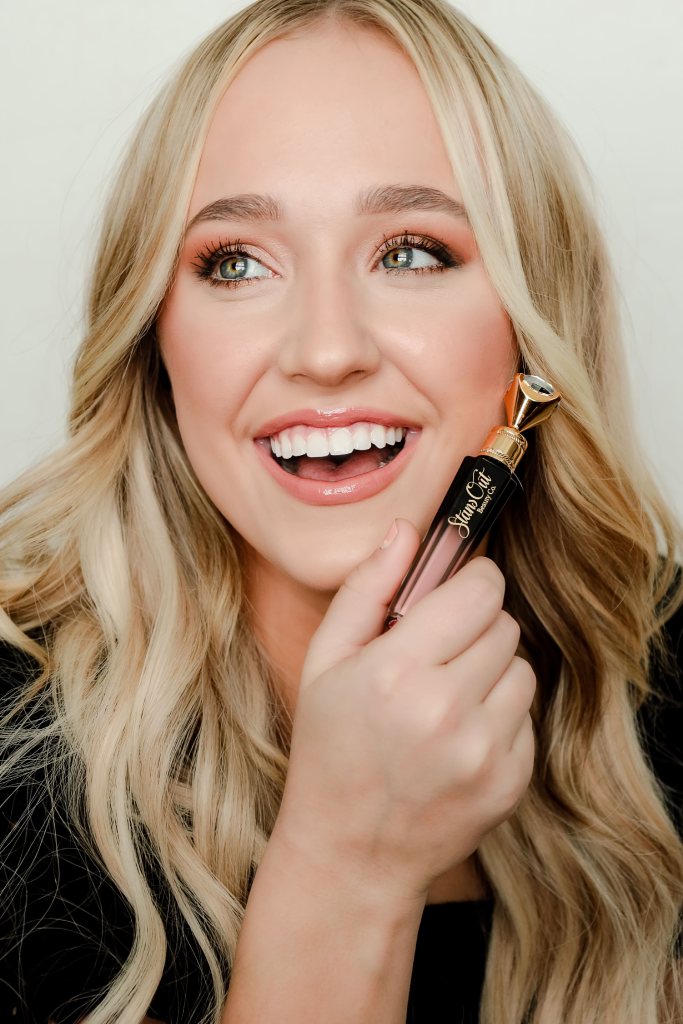
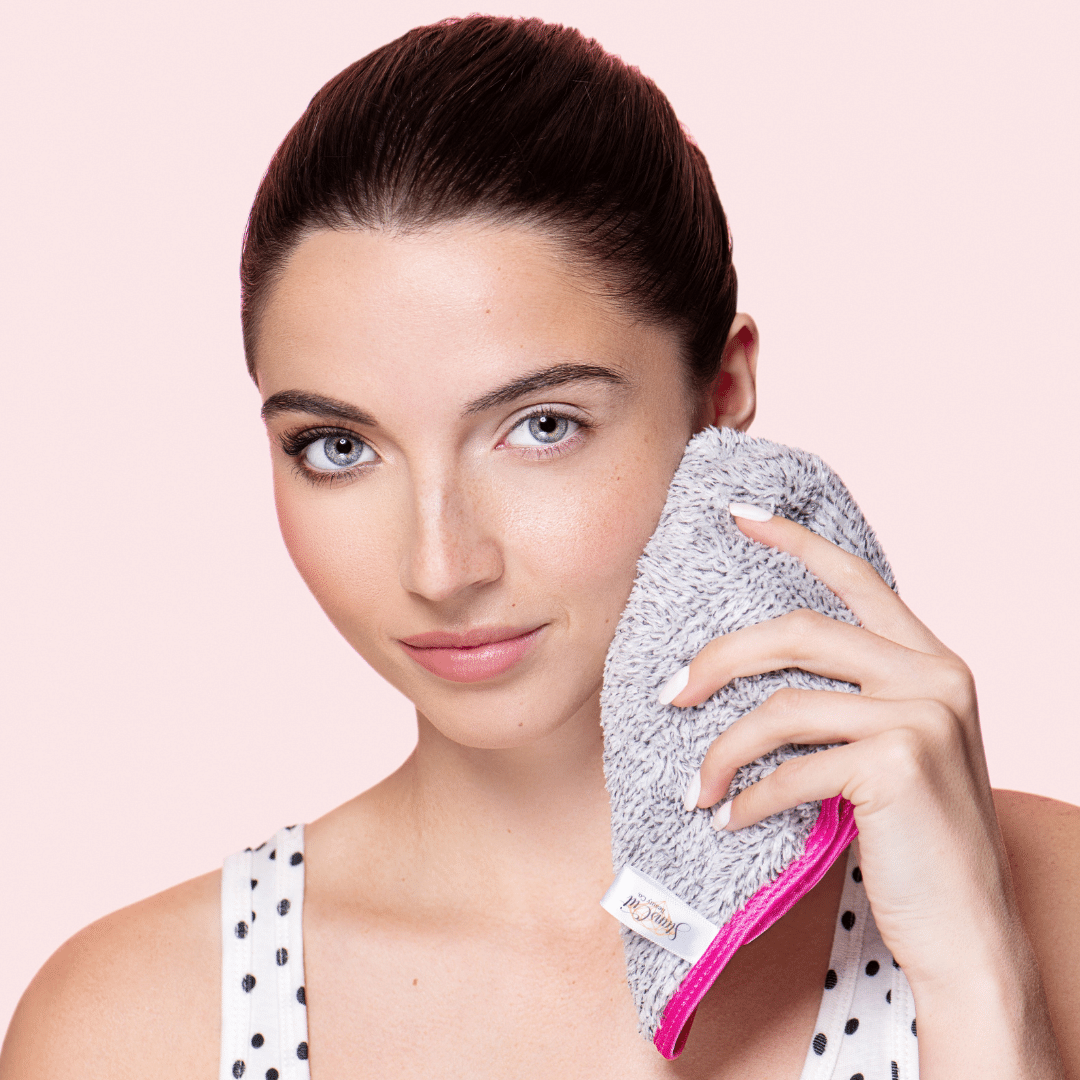
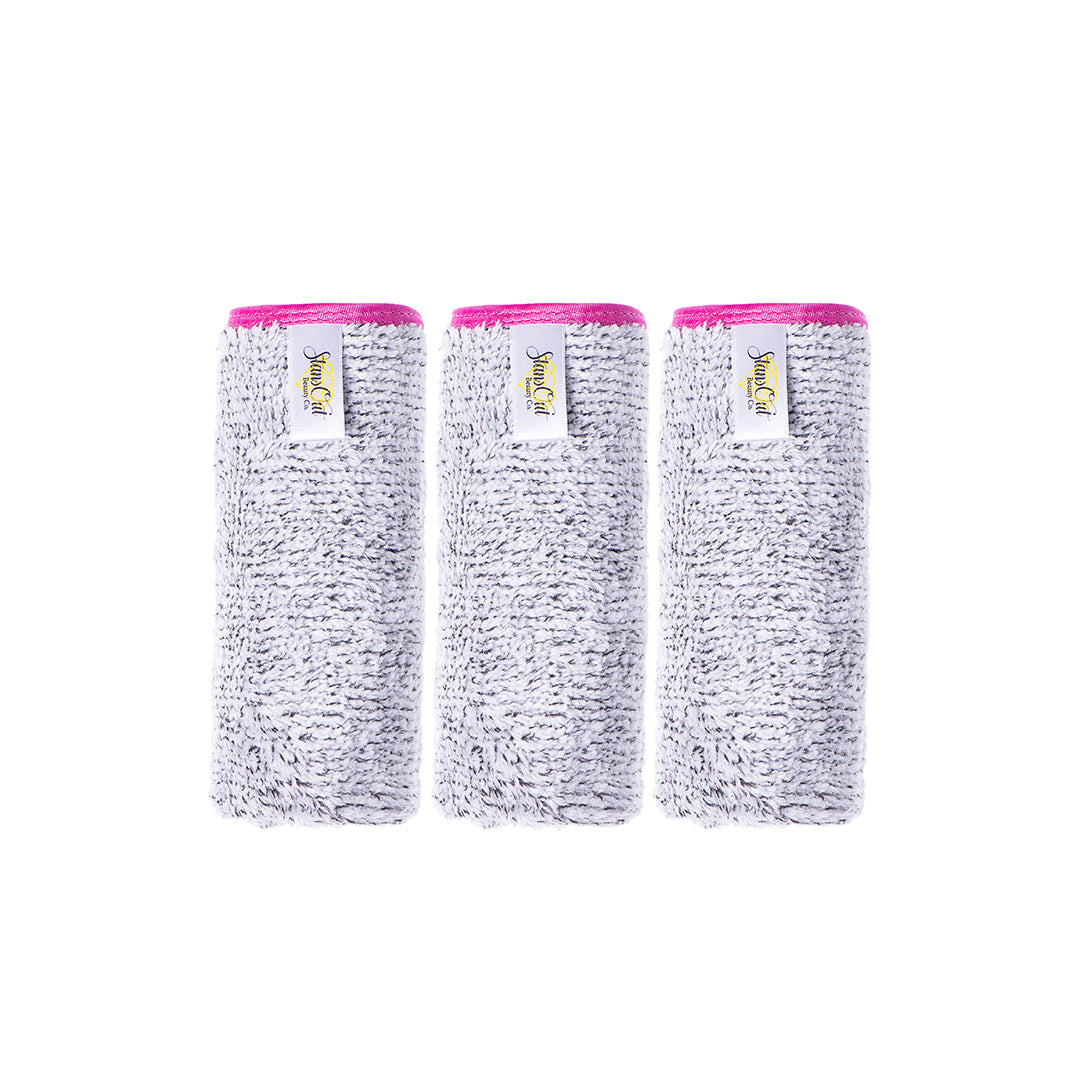
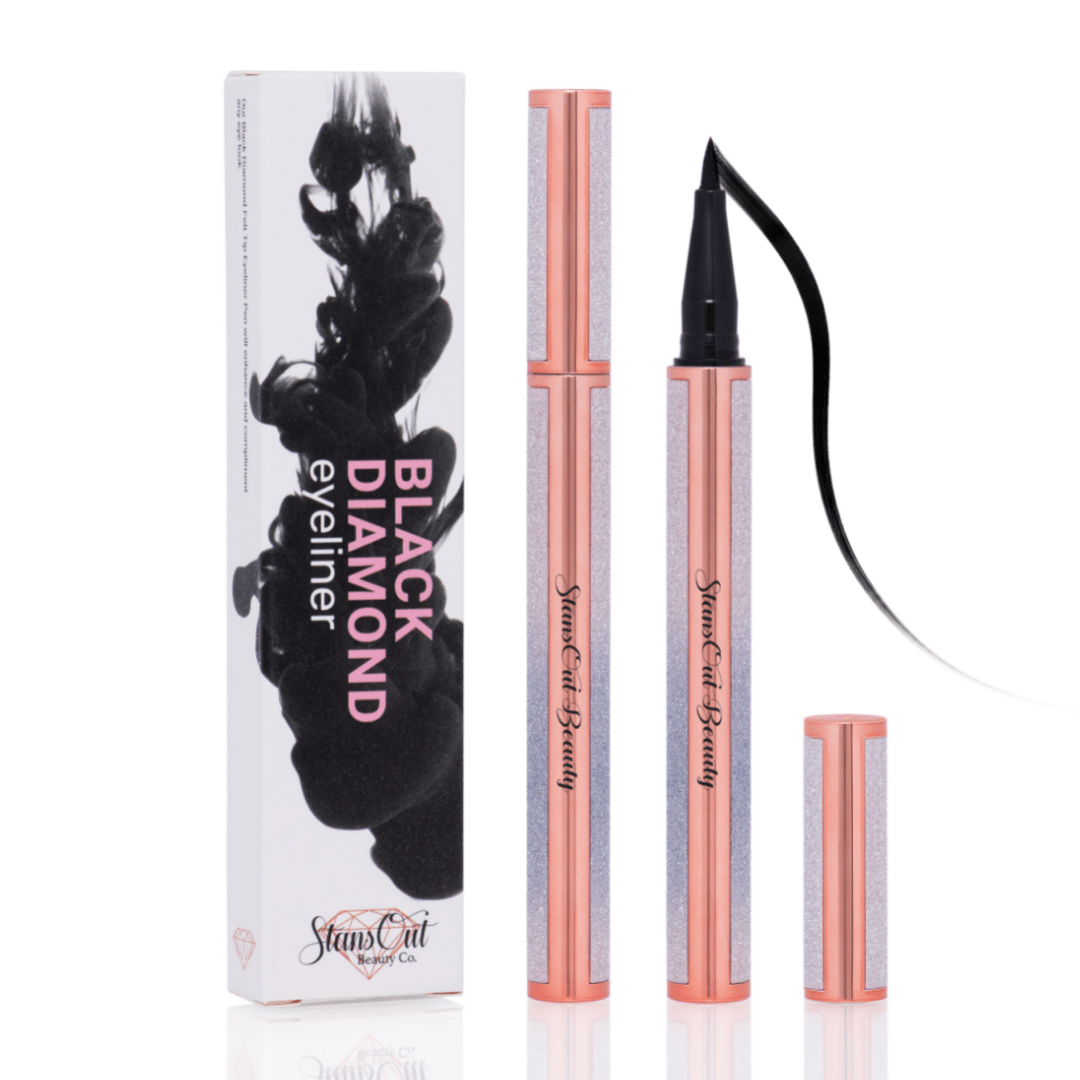
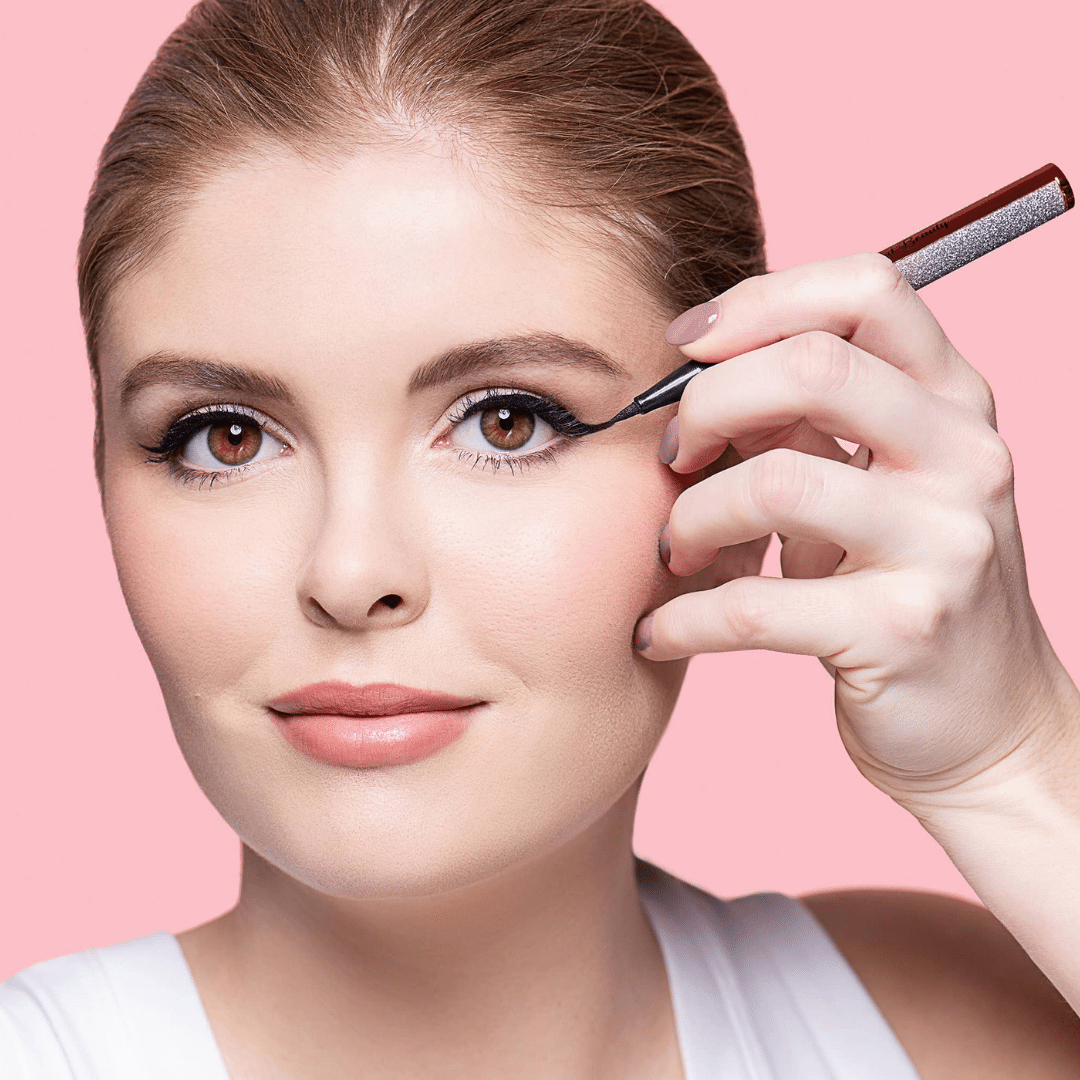
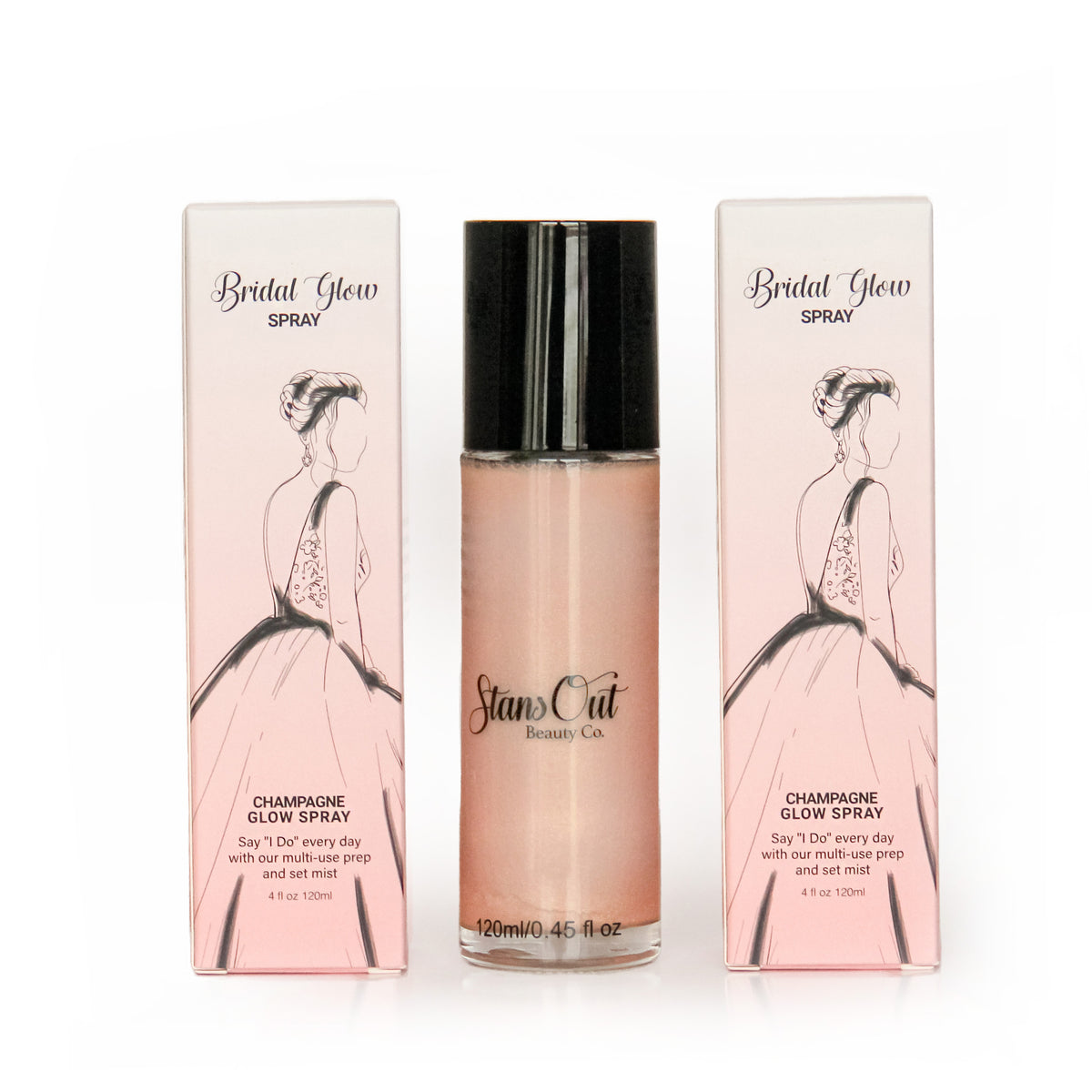
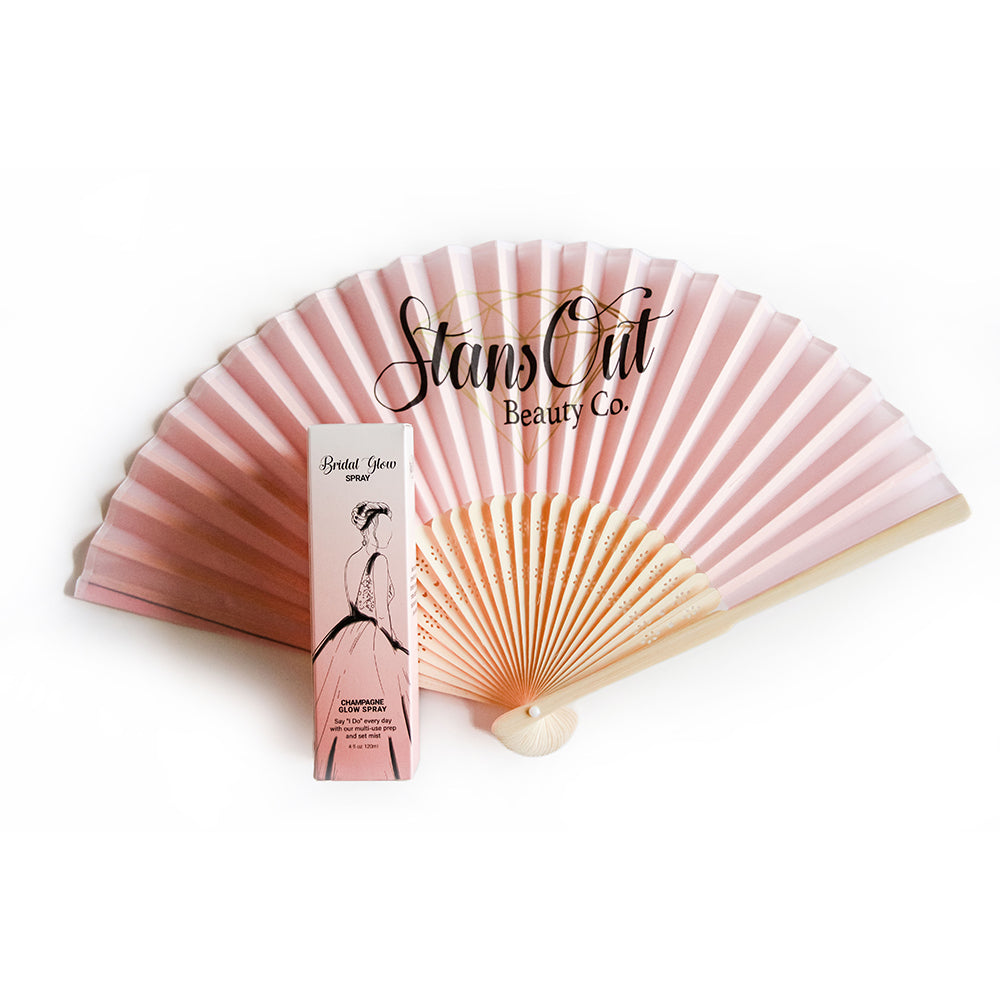
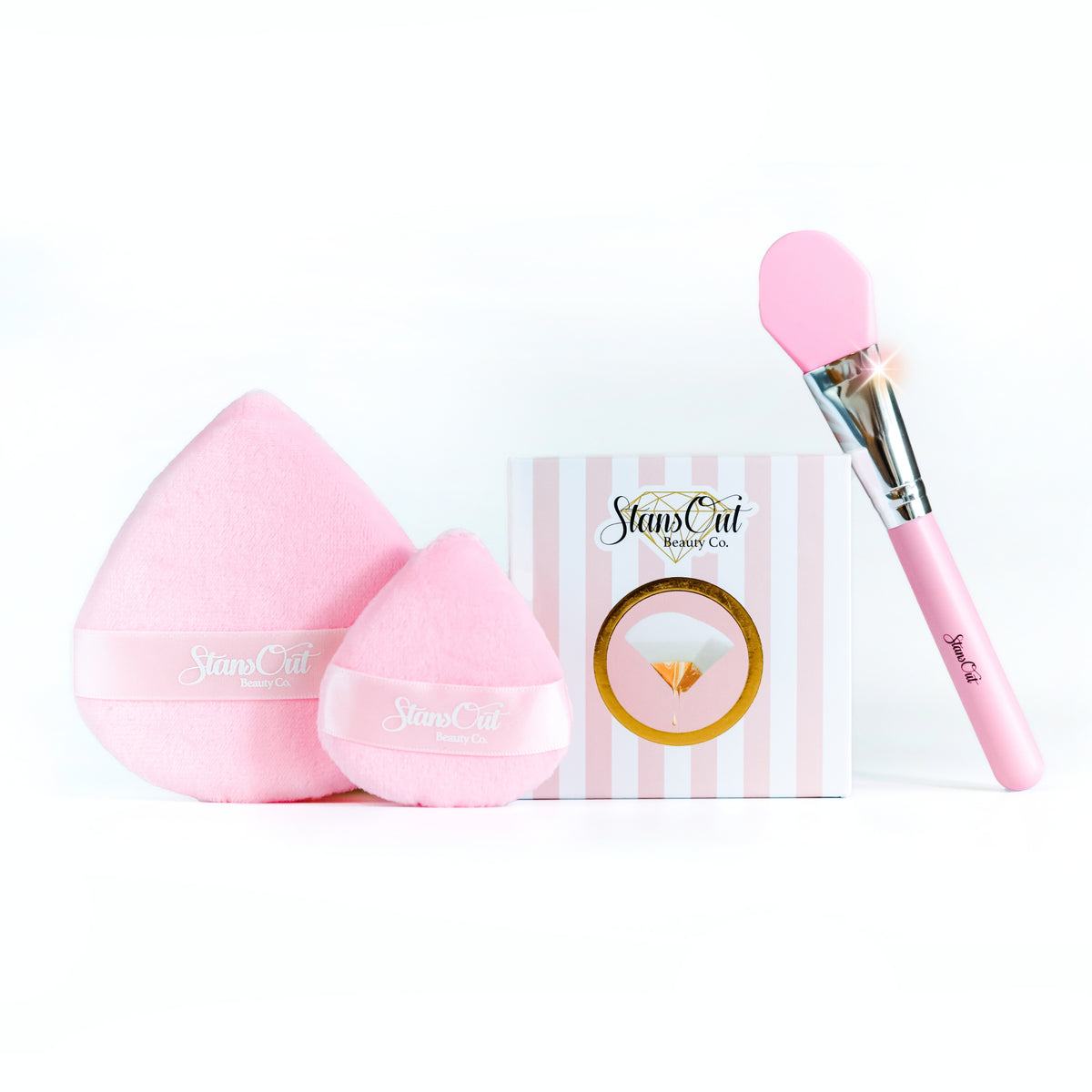
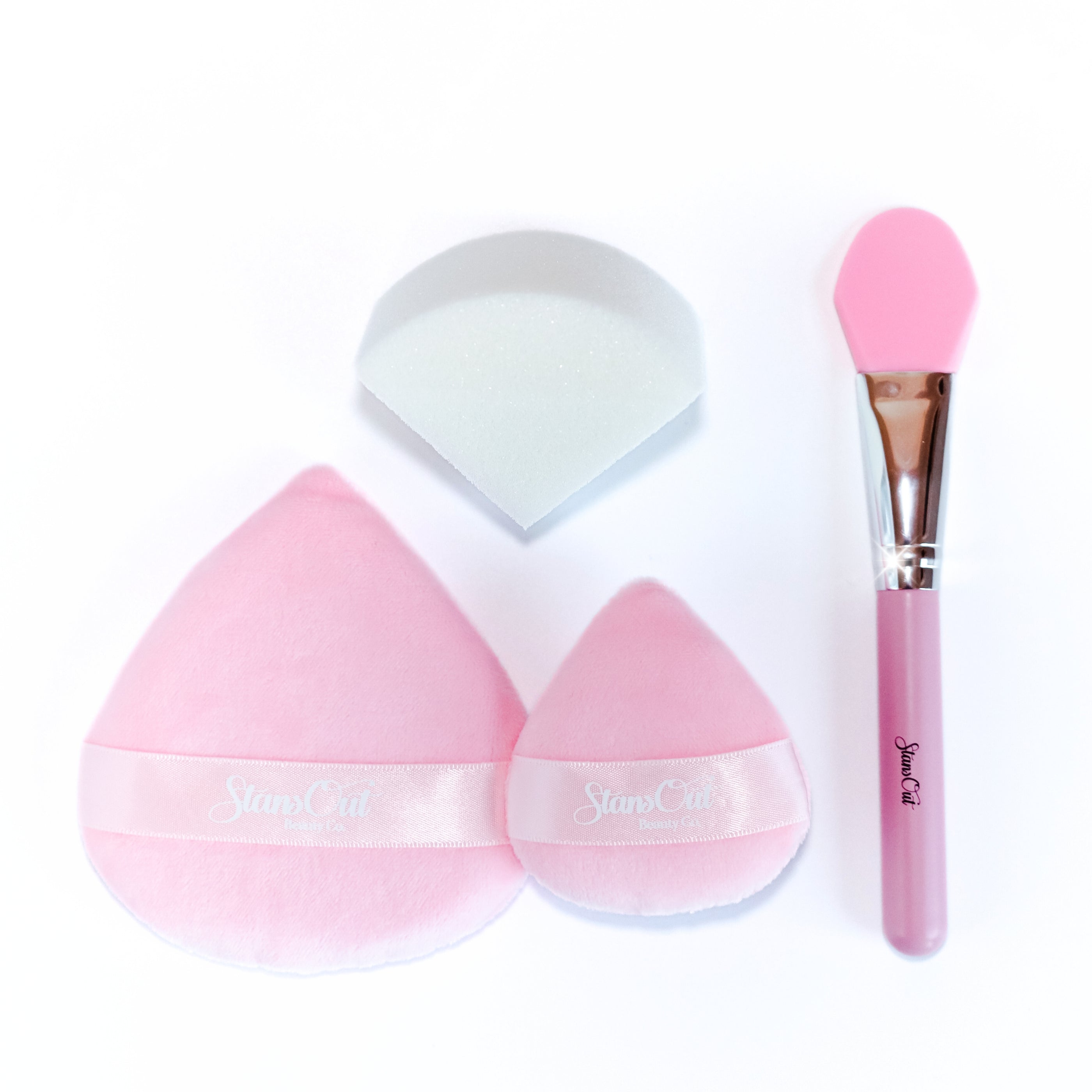
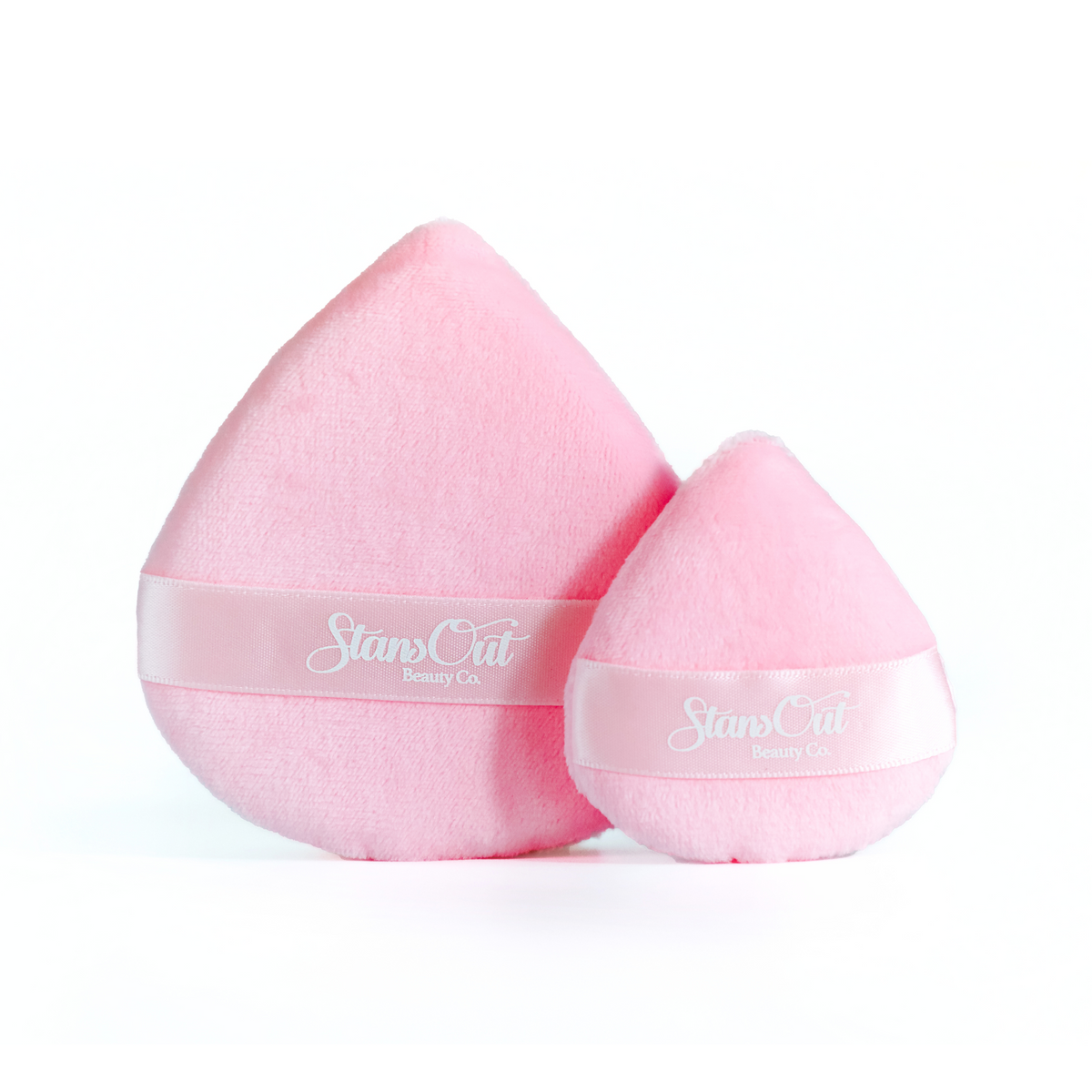
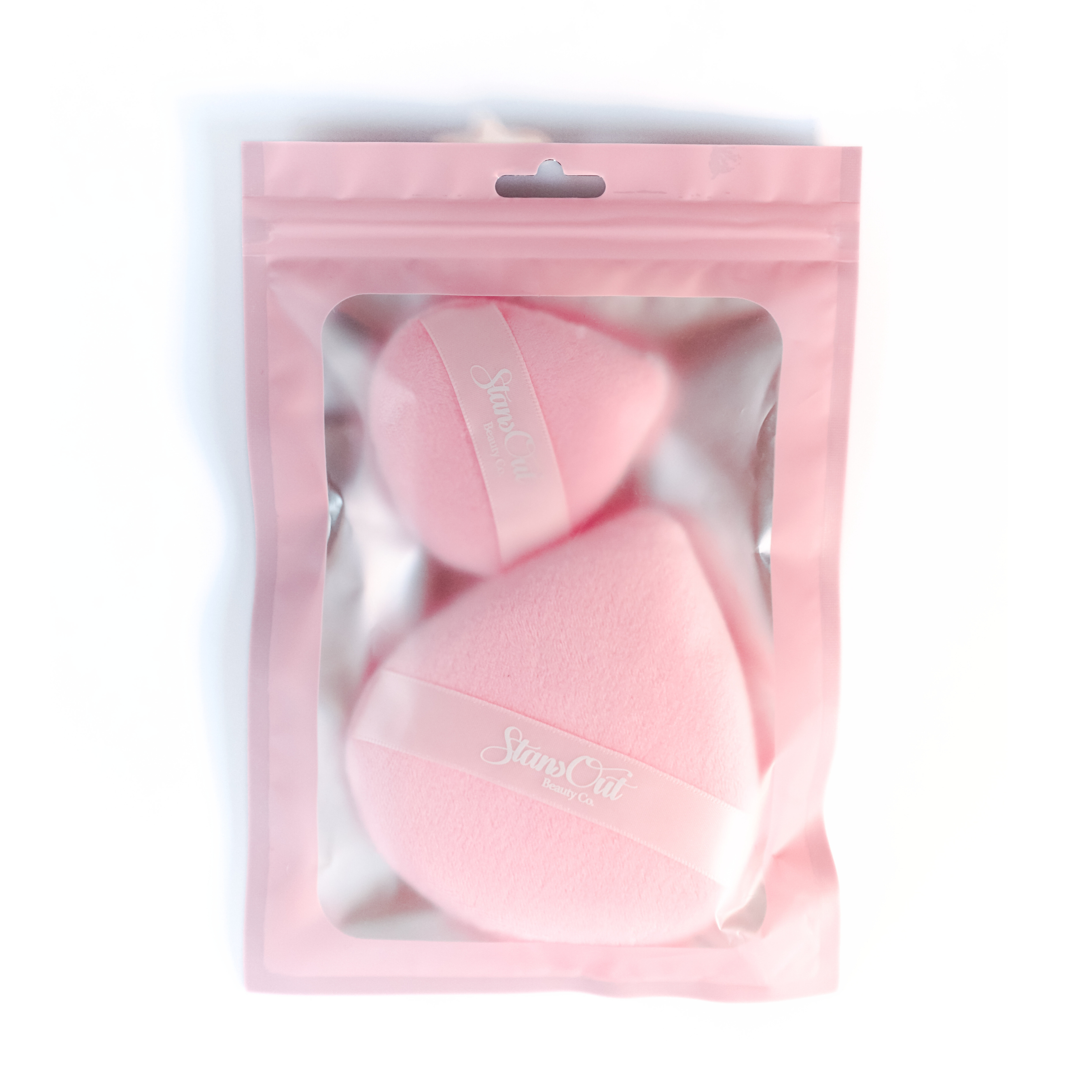
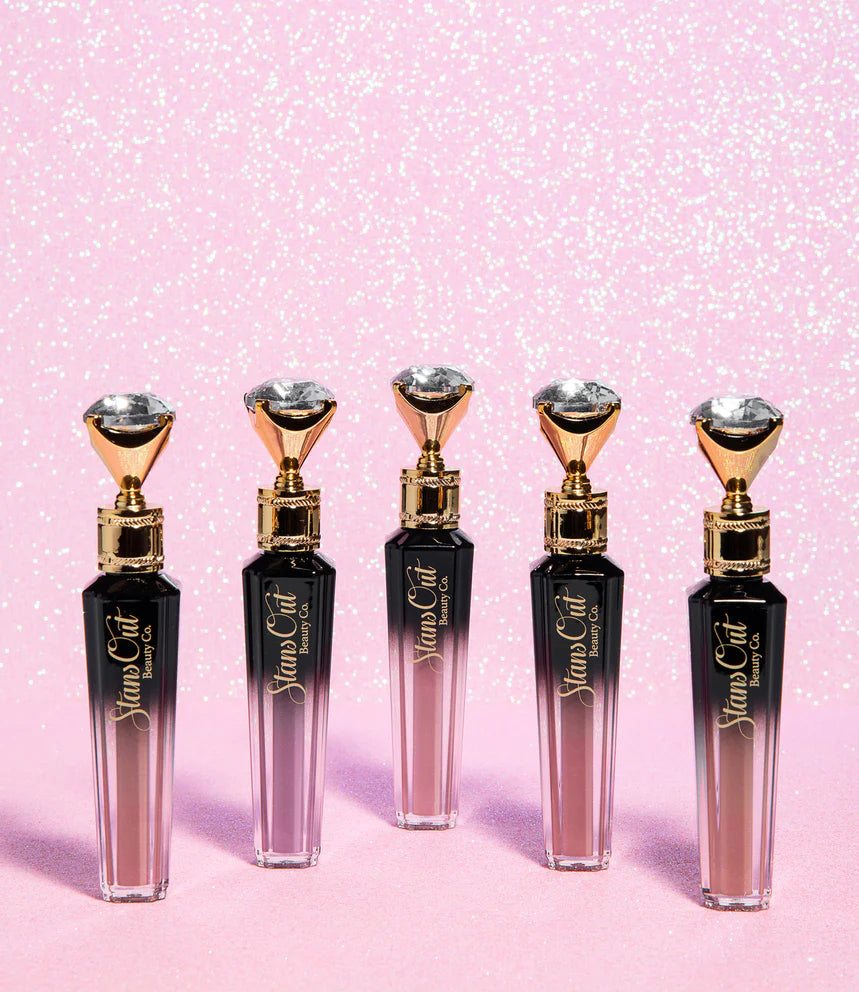
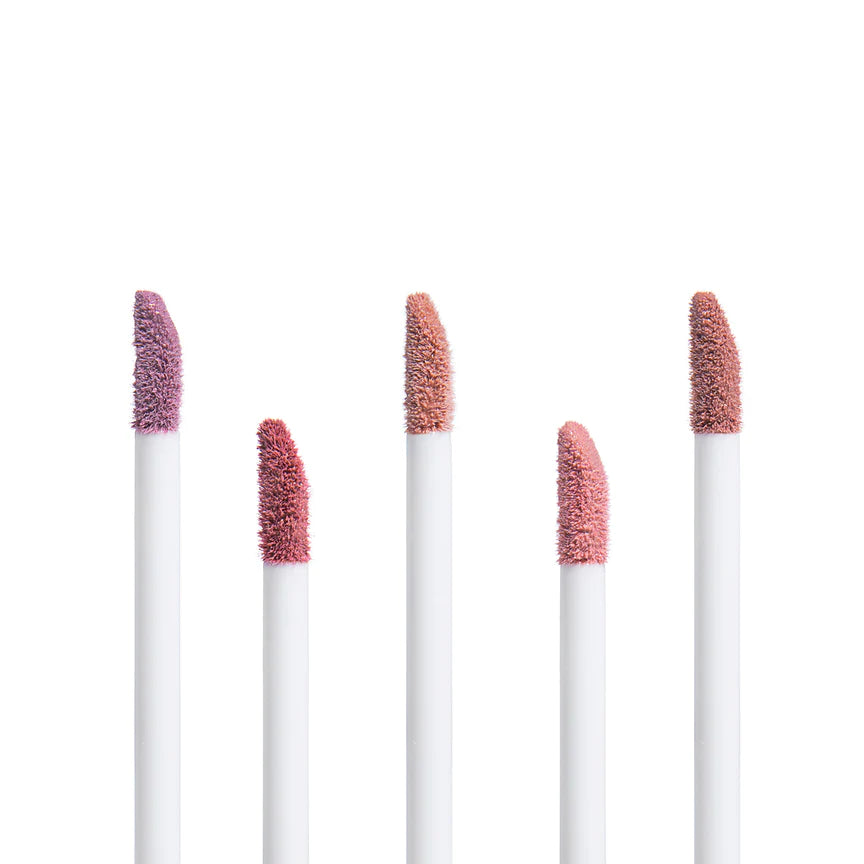
Leave a comment
Related Posts
Can You Wear Makeup While You Exercise?
By Jami Stansfield April 24, 2024
Continue reading
How to Get Rid Of Under Eye Bags
By Jami Stansfield April 12, 2024
Continue reading
Difference Between Setting Spray And Finishing Spray
By Jami Stansfield April 07, 2024
Continue reading